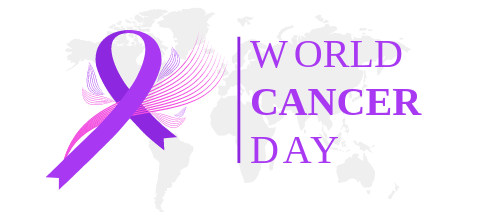World Cancer Day originated February 4, 2000 at the World Summit Against Cancer for the New Millennium in Paris. 23 years later the Union for International Cancer Control (UICC) is still working to unite the cancer community and reduce cancer rates globally.
A three-year campaign called “Close the Care Gap” has been in full swing since 2022. This year, the campaign focuses on uniting voices and taking action because so many people don’t receive adequate care and/or are forced into massive amounts of debt due to medical bills.
In 2017, the World Health Organization reported that 800 million people spent at least 10 percent of their household budgets on health expenses. For nearly 100 million of those people the costs are so high they are pushed into extreme poverty “forcing them to survive on just $1.90 or less a day.”
Economic stability is considered a Social Determinant of Health (SDOH) and poverty can be a defining factor in survival rates.
According to the World Cancer Day website:
- Childhood cancer survival rates are over 89% in high-income countries compared to as low as 20% in low-income countries
- More than 90% of cervical cancer mortality occurs in low- and middle-income countries
A study released in 2020 by the National Cancer Institute (NCI) “found that people who live in counties in the United States that experience poverty are more likely to do from cancer than people in other counties.”
The study calculated that counties with higher poverty rates have a 12% higher rate of cancer mortality.
When comparing inequity in cancer mortality and treatment rates, SDOHs must be factored into the conversation. Addressing outside factors like racism, crime and lack of access to healthy foods, which can fuel higher cancer rates in poorer areas, will require action in a variety of places.
To better address social determinants of health leading to cancer rates, local and state leaders need to be advocating to develop strategies to close the gap in health disparities. This means that, in alignment with World Cancer Day, individuals need to unite their voices to pressure elected officials into making this a priority.
On World Cancer Day, make a plan to advocate for better cancer control plans and to take steps to ensure that every person has access to quality care, including screening tests that can find some cancers early.
Sources:
https://www.worldcancerday.org/about/2022-2024-world-cancer-day-campaign
https://www.worldcancerday.org/close-care-gap

